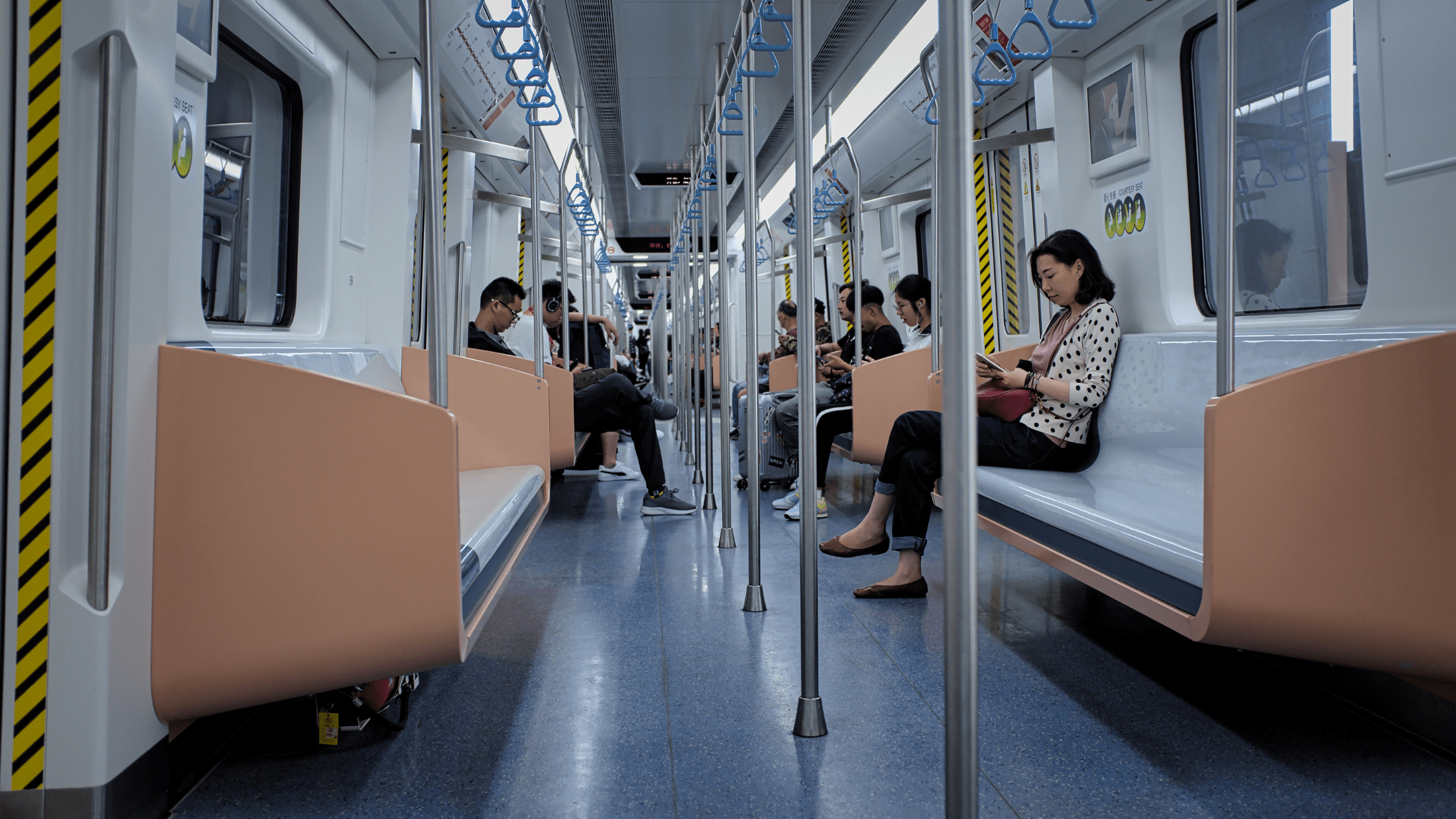The state of urban transportation is currently at a critical turning point. The countrywide mass transit networks are facing serious problems as a result of the pandemic’s acceleration of changes in commute habits. Here’s a deeper look at public transportation’s current situation, the challenges it confronts, and the discussion around its future.
The impact of changing commute patterns
- Decline in ridership: Ridership in public transport systems was declining even prior to the COVID-19 outbreak. This tendency has been made worse by the move to remote work, which has resulted in a sharp drop in the number of commuters utilizing public transit.
- Budget shortfalls: Large cities with significant budget deficits include Chicago, Philadelphia, Los Angeles, and Washington. These deficits, which amount to hundreds of millions of dollars, are a direct result of declining fare income.
- Government intervention: State and local governments have intervened to prevent service cuts in response to these budgetary difficulties. Even with these initiatives, discussions about resource allocation are becoming more heated, raising doubts about the finance of public transit in the future.
The debate: Public transit vs. road infrastructure
- Shifting preferences: Steve Moore, a former economic consultant to the White House, draws attention to the rising popularity of telework and driving. He raises concerns about the sustainability of large expenditures in mass transport and proposes that the public’s commuters could be better served by concentrating on road and bridge upgrades.
- Fiscal concerns: Opponents claim that the present financing plan may not produce the anticipated results, citing the $8.2 billion award for high-speed rail projects as one example. They support reassessing the priorities for expenditure and placing more emphasis on improving the road system to serve the needs of the majority of people who travel by automobile.
- A green dilemma: People who believe that investments in green energy and mass transit will yield little return on their money oppose the initiatives. Beyond financial issues, the discussion also touches on environmental issues and urban planning theories.

Looking ahead: What’s the right track?
The discussion on metro transit’s future is nuanced. It entails striking a balance between environmental sustainability, financial accountability, and the changing requirements of an increasingly distant workforce. Making wise investments that not only solve short-term financial issues but also line up with long-term goals for environmental health and urban mobility is a problem.
- Creative solutions: Investigating other financing sources and technological advancements may open the door to more environmentally friendly and effective public transit systems.
- Public vs. private transportation: In the post-pandemic world, public transportation’s place has to be reevaluated. It is essential to weigh the advantages of public transportation against the convenience of private automobiles.
- Environmental considerations: The effects of transportation decisions on the environment cannot be understated, especially in light of growing worries about climate change. Green infrastructure investments continue to be a controversial but important topic of discussion.
Conclusion
The choices we make now as we negotiate these forks in the road will determine the urban environments of the future. In an era where remote work is the norm, mass transit’s future will be determined by striking a balance between short-term demands and long-term objectives, financial prudence and environmental stewardship, and individual convenience and group benefits.


